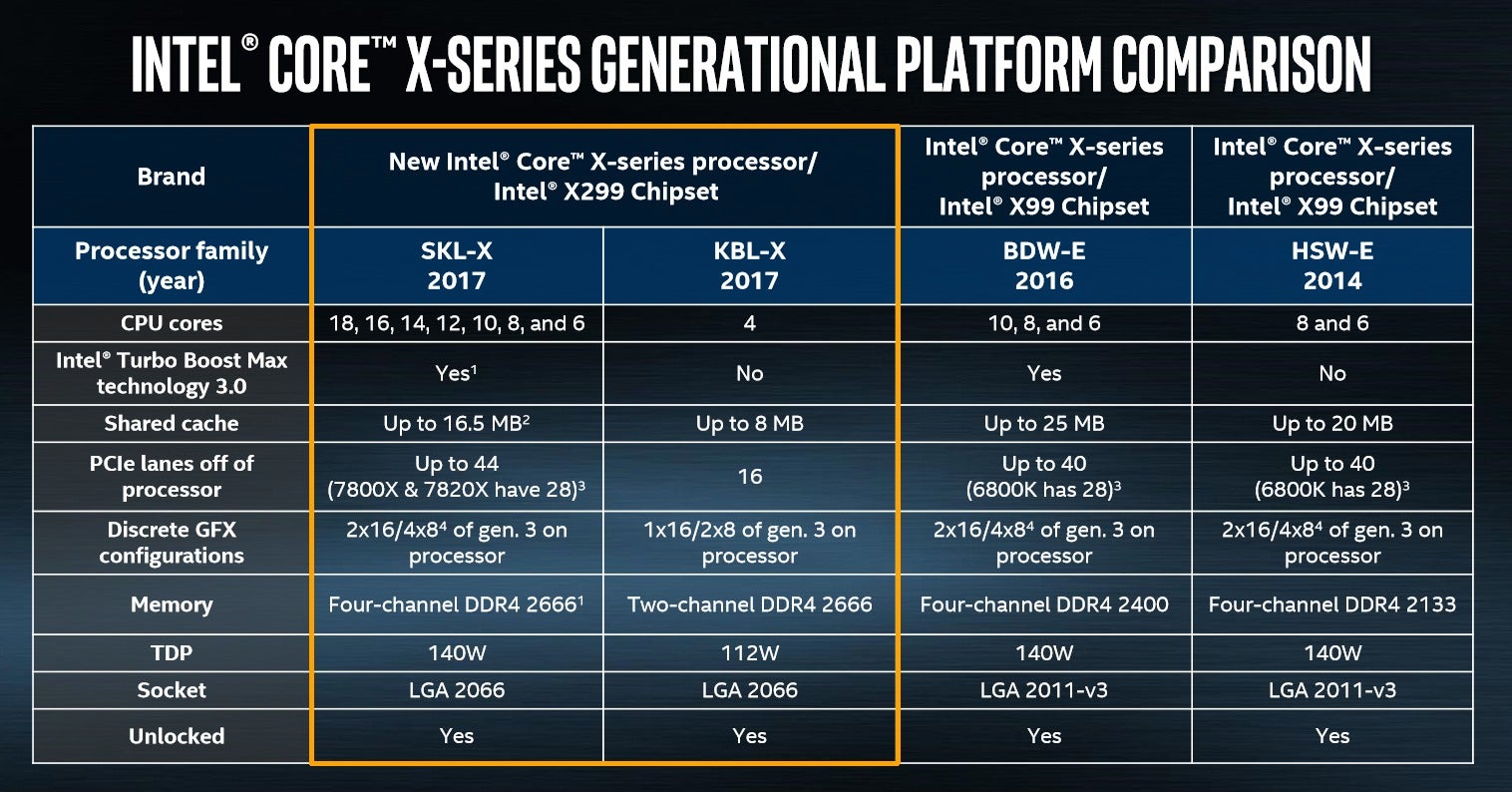
First is a speed (PCI lanes used) and it is a constant value, second one is PCI generation, which is a variable value and can change in real time according to GPU load. Not only do you have to be concerned with things like power supply requirements, whether the card will fit, and PCIe revisions, etc., you now have to contend with UEFI and non-UEFI BIOS compatibility with newer cards, and even how new a UEFI BIOS you need to have. And then Bus Interface field in the same GPU-Z utility caught my attention - it was telling me, that the device is supporting PCIe x16 3.0, but running at PCIe x1 3.0.
#Gpu z available pcie lanes Pc#
So, now anyone with a PC with an Intel chipset that asks what PCIe generation their PC has, I know just where to look.īut as Erico pointed out, the graphics card upgrading game has changed a bit.

Given the availability of higher core count mainstream parts, the inclusion of more I/O. Something to do with voltage differences between the PCIe x generations. The Small Card allows for up to 16 PCIe lanes on the card edge while a Large Card supports. Up until very recently Intels HEDT parts started at 28 pcie lanes.
#Gpu z available pcie lanes update#
I thought that would come in handy to know as well, being that some PCIe 2.0 cards won't work on very old PCIe revisions such as 1.0a unless there is a BIOS update on the PC's support page that adds support for PCIe 2.0 graphics cards. Various boards support different PCI Express speeds (Gen 1, Gen 2 or Gen 3) and can have different upstream PCI Express connection lengths (one, four, eight or sixteen lanes). Edit: Look at page 10 and 11 how the pcie lanes are available when using different cpus. One day I was looking up some Intel chipset specs (for how much memory the chipset I was interested in supported), and I looked at all the info on the specs page, and noticed that they included the PCIe slot revision for each chipset, which kind of surprised me.


 0 kommentar(er)
0 kommentar(er)
